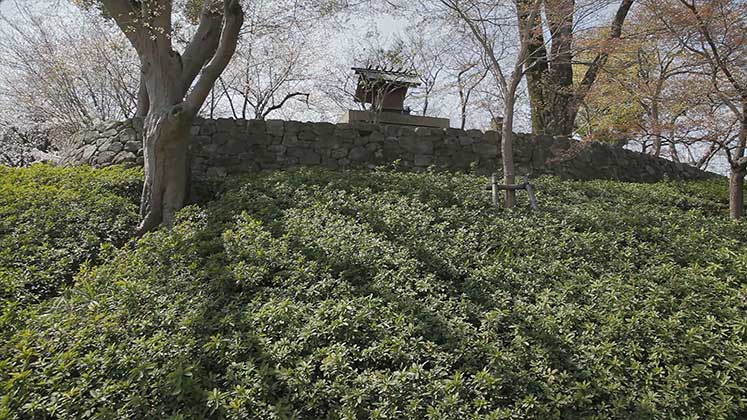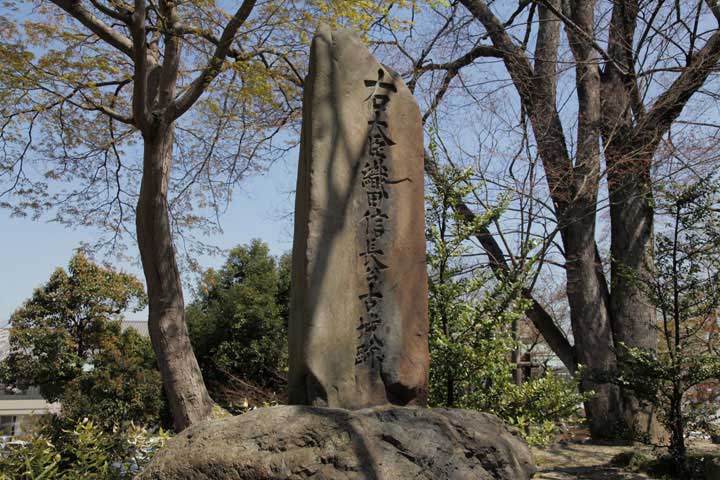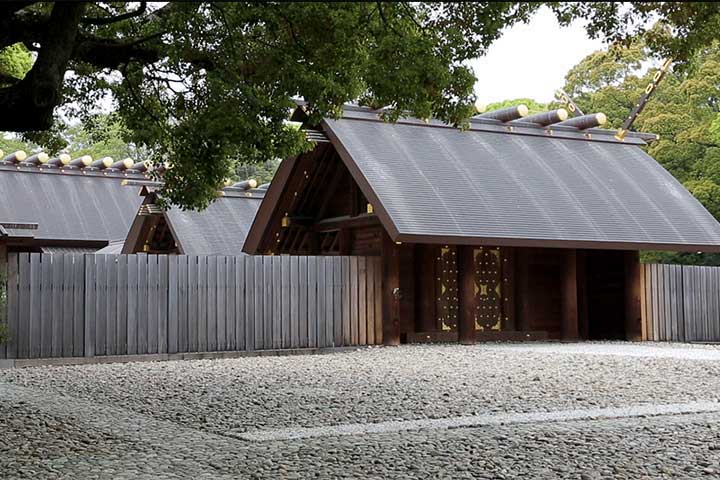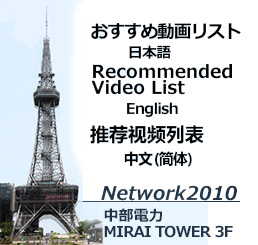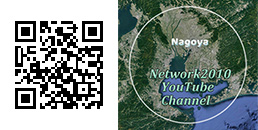- Nagoya in the Edo period(1603-1868)
- ①The Okehazama ancient battlefield
- ②Arimatsu to Miya post‐town
- ③Miya post-town
- ④Atuta Shrine
- ⑤Atsuta~Furuwatari
- ⑥Tachibana-cho
- ⑦Osu Kannon Temple
- ⑧Osu Monzencho
- ⑨Shirakawa Park
- ⑩Nagoya Castle Town 01
- ⑪Nagoya Castle Town 02
- ⑫Toshogu Shrine Festival
- ⑬Horikawa River1
- ⑭Horikawa River2
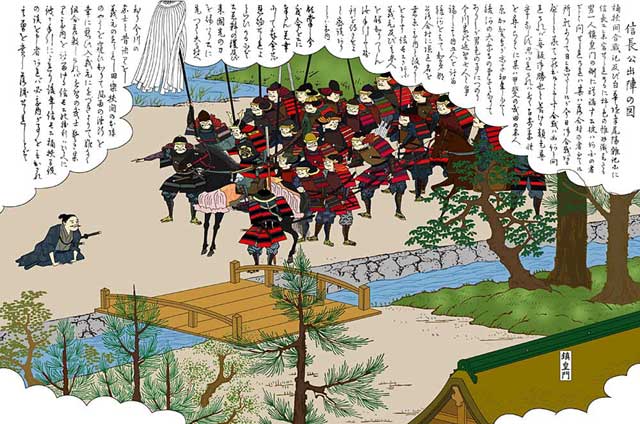
Going to the decisive battle
The report of the attack on the Marune fort and the Washizu fort by the Imagawa army was also told to Oda Nobunaga in the Kiyosu castle. The Imagawa army had the military power of 10 times or more to the Oda army. It argued about holding the castle or selection of fighting a decisive battle,and the opinions of the chief retainers of the Ota army were divided. After Nobunaga danced Kowakamai,Nobunaga gave the command of going to okehazama on which the headquarters of the Imagawa army was put, .Around 8:00 a.m., the Nobunaga army arrived in Atsuta Jingu Shrine and prayed for the victory.
* Kowakamai:style of recitative dance popular during the Muromachi period(1336-1573)*
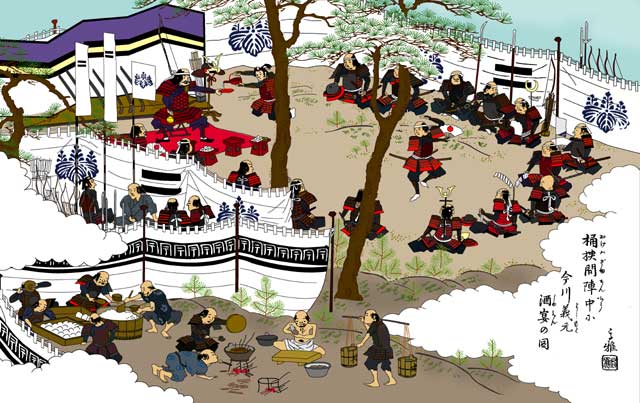
Yoshimoto Imagawa headquarters

Yoshimoto Imagawa headquarters
On the previous day of The Battle of Okehazama (May 18, 1560),the supreme commander Imagawa Yoshinao performed the strategy meeting in Kutsukake Castle. The Otaka castle and the Narumi castle are the frontline base of the Imagawa army. Nobunaga build Washizu fort and Marune fort to the nearness of the Otaka castle. Furthermore, the Tange fort,the Zenshoji fort and Nakashima fort were built on the east side of the Narumi castle. The attack to the Washizu fort and Marune fort by the Imagawa army was started at early morning of the next day. Although the garrison of the Oda army fought well, these two forts fell. The victorious report was told to Yoshimoto's headquarters and defeat of the Oda army was considered to be a decisive thing.
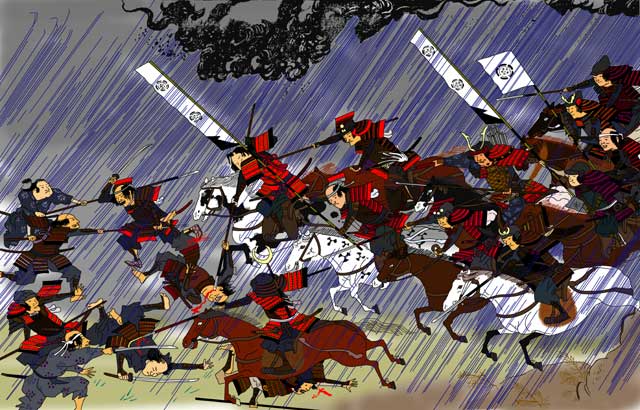
The day of a decisive battle
However,the good fight of Oda's defense corps helped the attack on Yoshimoto Imagawa headquartersthe by Nobunaga main body of troops. The 2000 elite soldiers led by the Oda Nobunaga were approaching the headquarters of the Imagawa army secretly. Around 1:00 p.m., heavy rain began to get down suddenly and the circumference lapsed into low visibility. Although it stopped raining around 2:00 p.m. ,then,the Nobunaga army was progressing very much near the Imagawa headquarters.
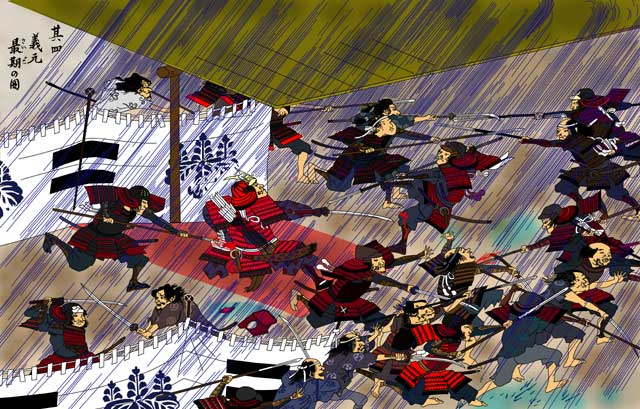
The end of the battle
The full-scale offensive to the Imagawa army was started. The Imagawa army which was sure of the victory and in which will to fight loosened was defeated. Oda Nobunaga was known for the victory of this fighting all over the country.
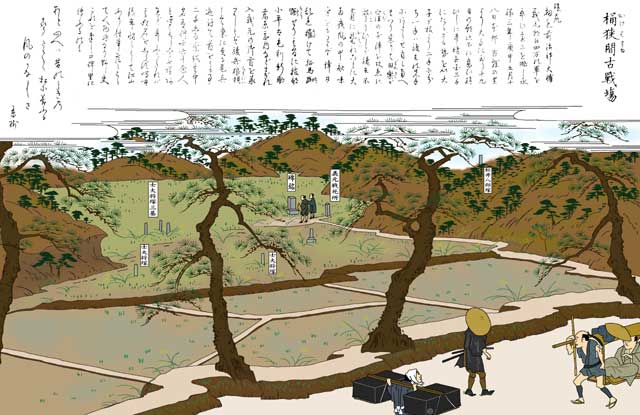
The Okehazama ancient battlefield
The Okehazama ancient battlefield is located in whole the boundary of Toyoake City and Nagoya City. Tokaido Highway which is main highway of the Edo period(1603-1868).
-
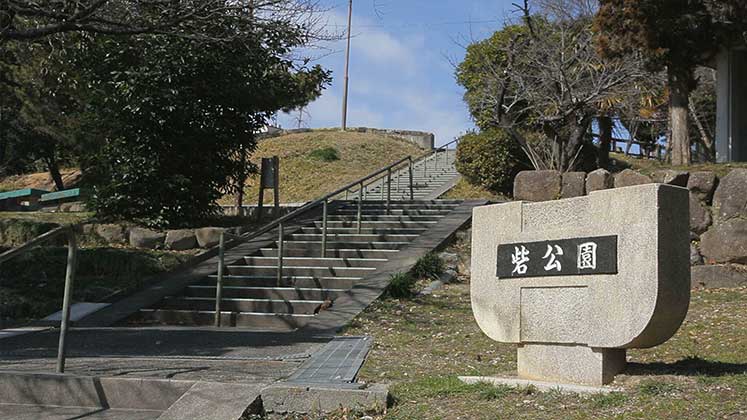
The ruins of Zenshoji Fort
-

The ruins of Oodaka Castle
-

Washizu Fort circumference
-

The ruins of Washizu Fort
-
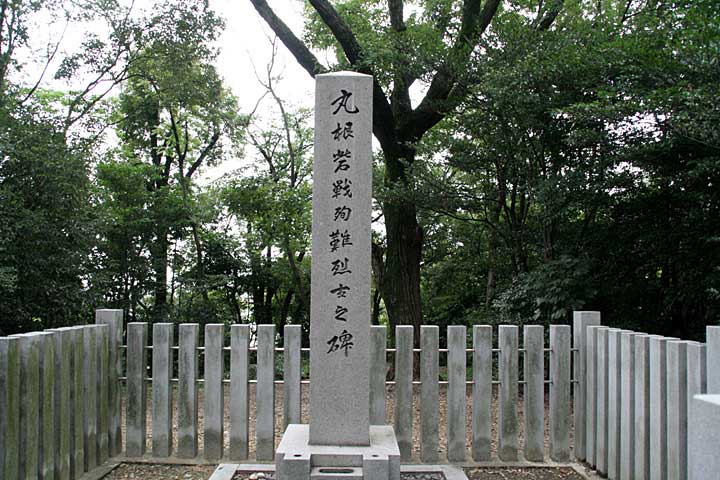
The ruins of Marune Fort
-
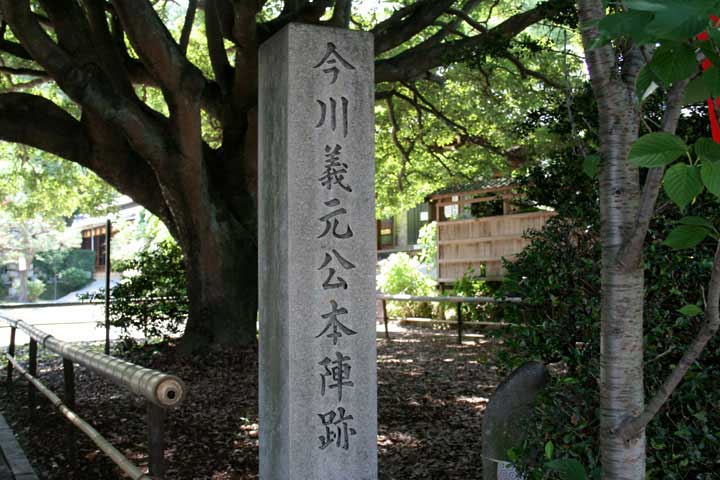
The site of Yoshimoto's headquarters
-
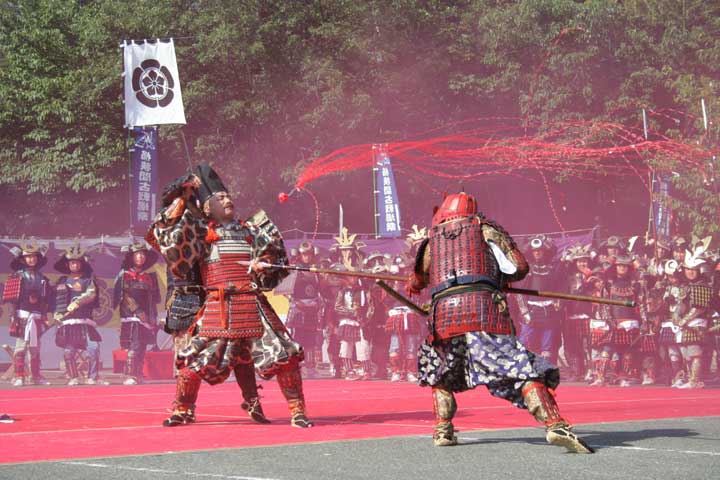
Okehazama Battle Festival
-

Sennin-zuka(the tomb for fallen soldiers)

